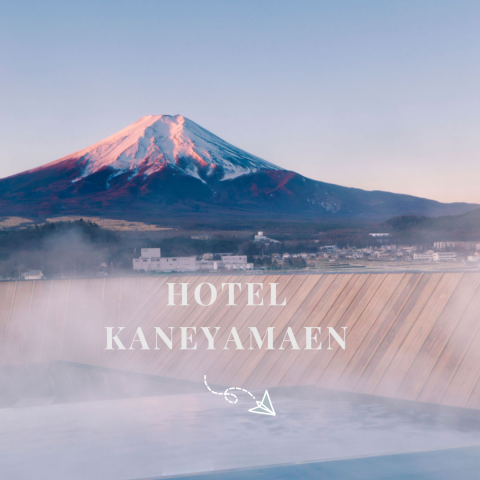Main content starts here.
Shingen-ko Festival
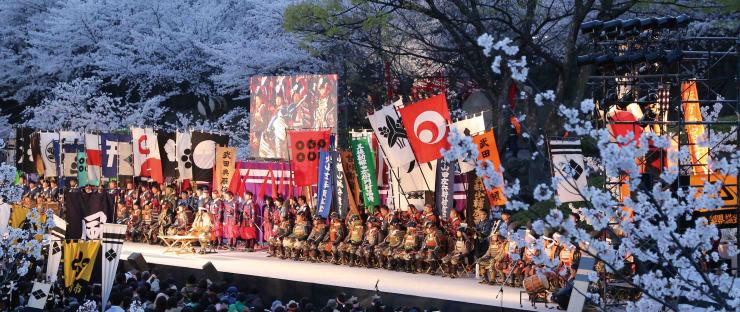
▲Image by Sannichi Printing Co., Ltd©
Travel back in time to the Warring States period and into the ancient Kai Province, where the branches of cherry blossom trees danced elegantly in the backdrop of ceaseless battles. This festival realistically reenacts the marching of feudal lord Takeda Shingen’s forces, known to be the strongest cavalry of the Warring States period (1467-1590).
The event is typically held every year in early April around Kofu Station and Maizurujo Park.
This festival holds the Guinness Book World Record for the largest gathering of samurai warriors in the world.
Website:
https://www.yamanashi-kankou.jp/shingen/english/about.html
Lord Takeda Shingen (1521-1573)
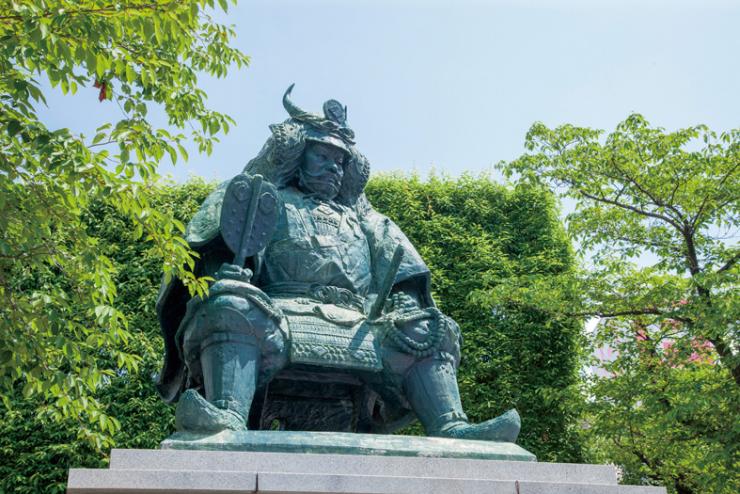
▲Image by Sannichi Printing Co., Ltd©
The above photo is of a statue of Lord Takeda Shingen outside Kofu Station. Japan’s Warring States period produced many heroes. Of these, Takeda Shingen is one of the most well-known alongside Oda Nobunaga and Tokugawa Ieyasu. Shingen is famous as a tragic hero who died a mysterious death before the country could be unified under his rule.
Kofu Castle
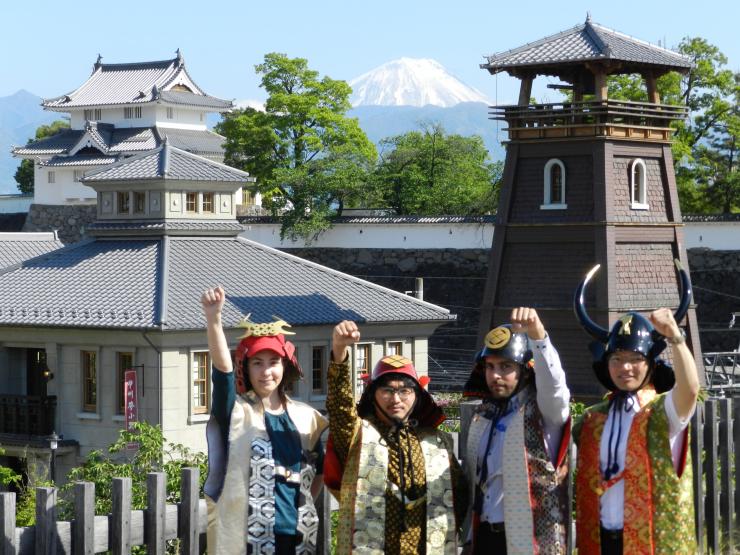
▲Kofu Castle (Kofu City)
There are many beautiful castles in Japan, but Kofu Castle is the only one where you can get a picture with a castle and Mt. Fuji in the same shot! You can even wear samurai armor for the photo. Learn more
Shingen Museum
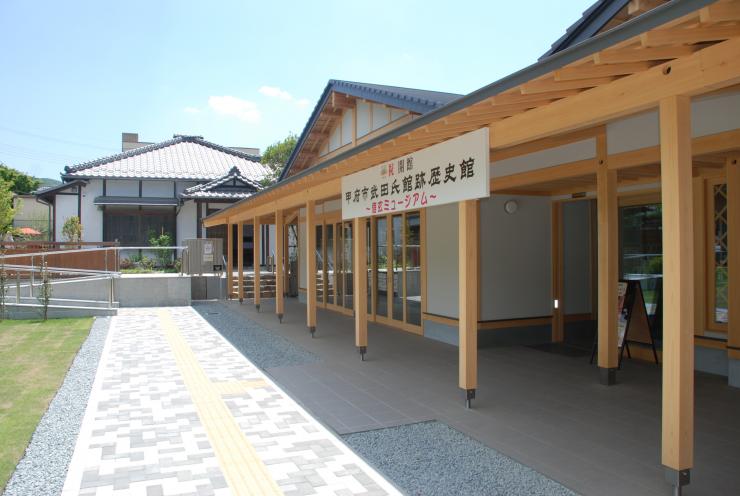
▲Shingen Museum (Kofu City)
You can learn all about Takeda Shingen and his legacy at the Shingen Museum. Learn more
Mt. Fuji, a World Heritage Site
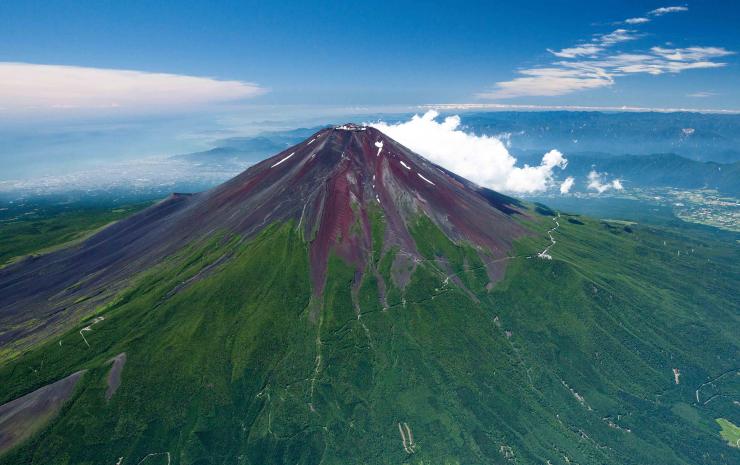
▲Image by Sannichi Printing Co., Ltd©
Since ancient times, people have worshipped Mt. Fuji as a great mountain. Its universal beauty has also been the inspiration for numerous works of art. Thus, Mt. Fuji has become a symbol of Japan itself, and it was registered as a World Cultural Heritage Site in 2013.
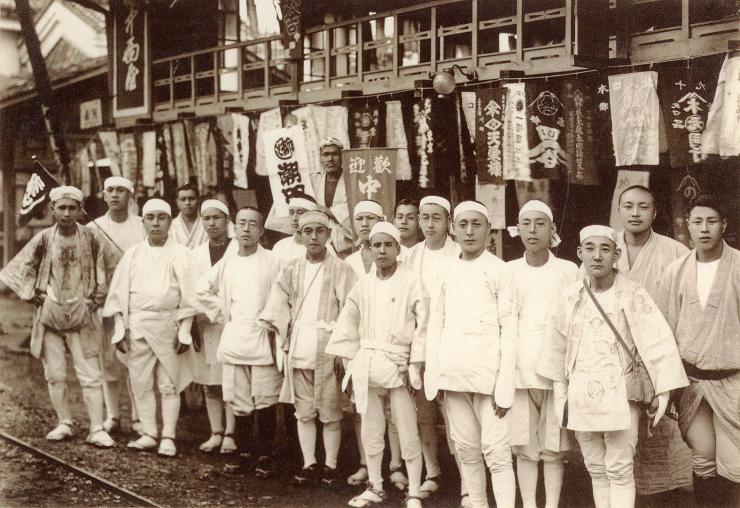
▲Image by Sannichi Printing Co., Ltd©
Those in the above photo are known as the "fujiko," a group of religious Mt. Fuji worshippers. This type of religious devotion to Mt. Fuji grew during the Edo period(1603‒1868) and many people would make trips to Mt. Fuji to show their dedication.
Kitaguchi Hongu Fuji Sengen Shrine
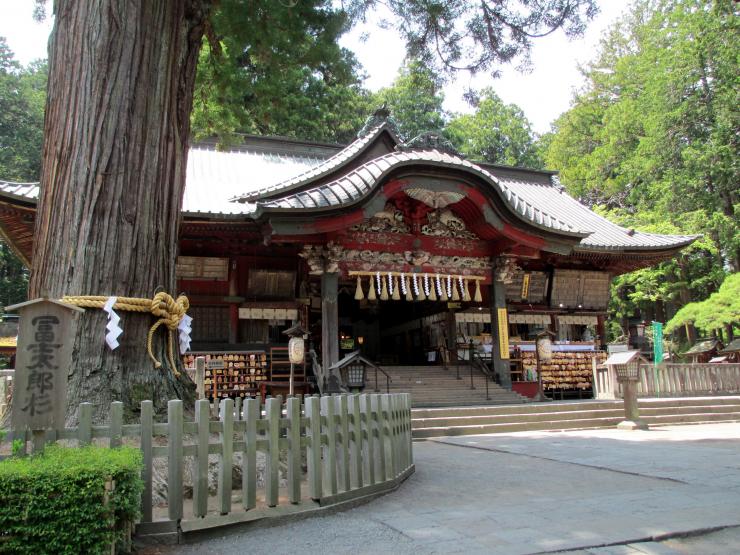
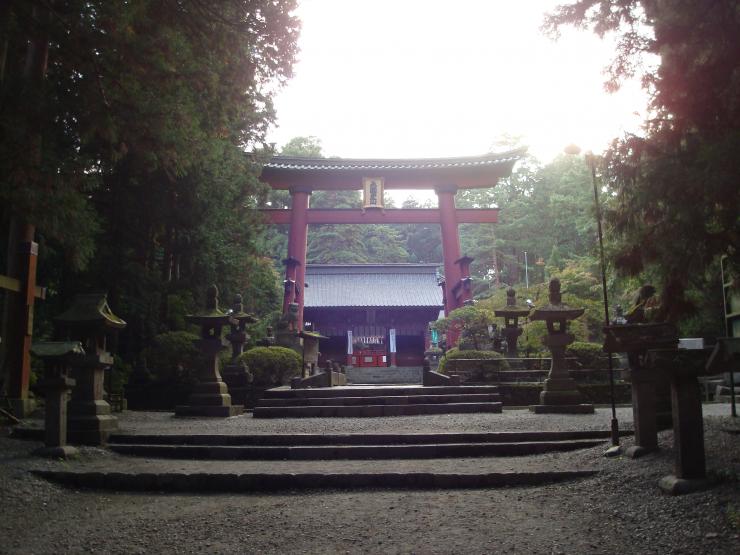
▲Kitaguchi Hongu Fuji Sengen Shrine (Fujiyoshida City)
This is one of the Asama shrines (volcano-worshipping shrines) centered on the worship of Mt. Fuji. The solemnity and sacredness of this place can be felt especially in the main shrine and the path leading to the shrine gate that is lined with enormous trees.
Website:
https://sengenjinja.jp/english/index.html
Kuonji Temple
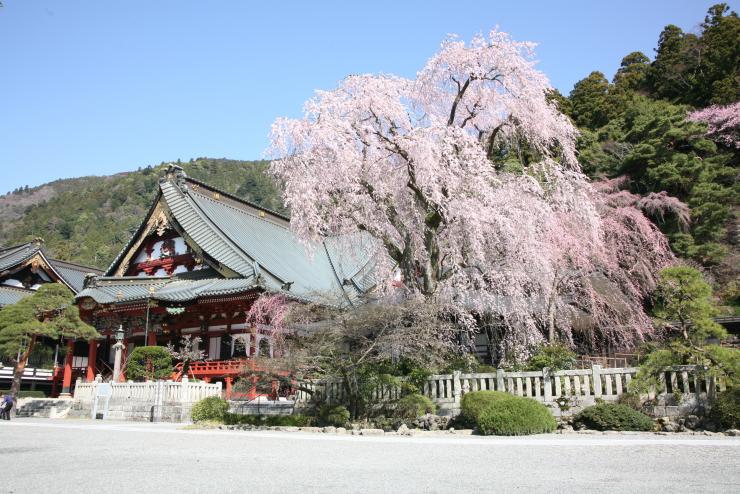
▲Kuonji Temple (Minobu Town)
Kuonji Temple on Mt. Minobu is the main temple of the "Nichiren" sect of Buddhism. At a time when the Japanese people were struggling through plagues and natural disasters, Nichiren created the Lotus Sutra and began his missionary activities. Nichiren founded Kuonji over 700 years ago during the Kamakura period. Learn more
Website:
https://www.kuonji.jp/english/entop.htm
"Shukubo" Temple Stay
A shukubo, often called a "temple stay," is a lodging facility that is part of a Japanese temple or shrine. Mt. Minobu is home to about twenty such facilities. Learn more
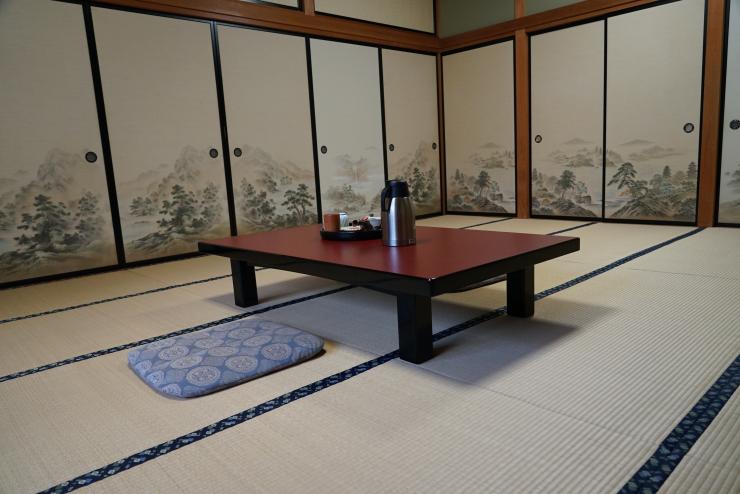
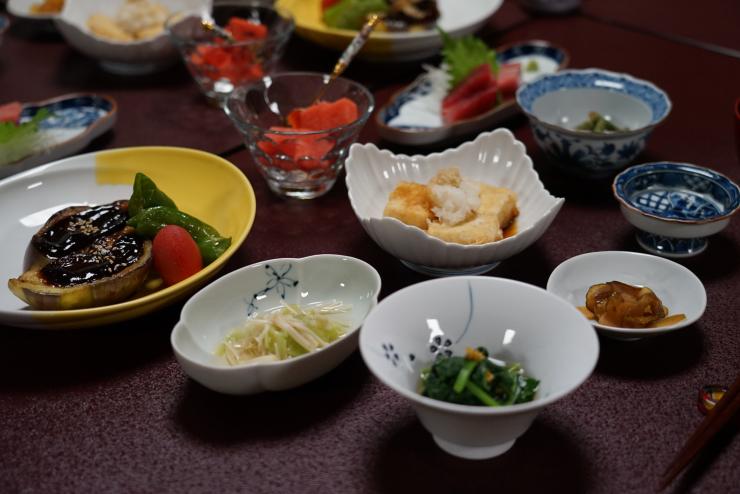
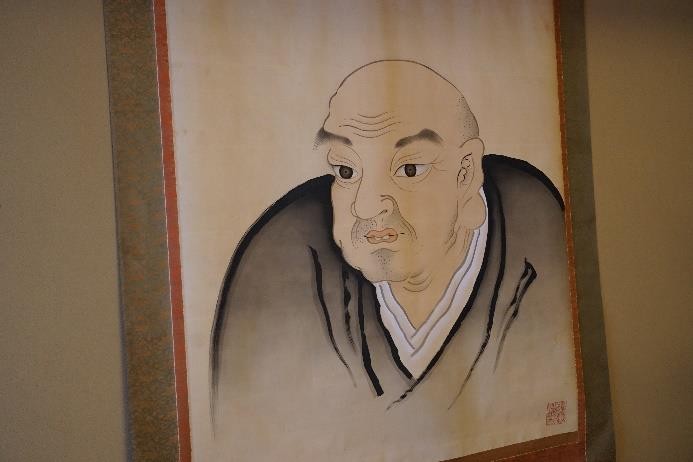
▲Hand-drawn portrait of Nichiren
Nichiren (1222-1282) was one of Japan’s most well-known Buddhist priests. He founded the Nichiren sect during the Kamakura period (1185-1333) and walked throughout Japan, spreading the teachings of Buddha.
Erinji Temple
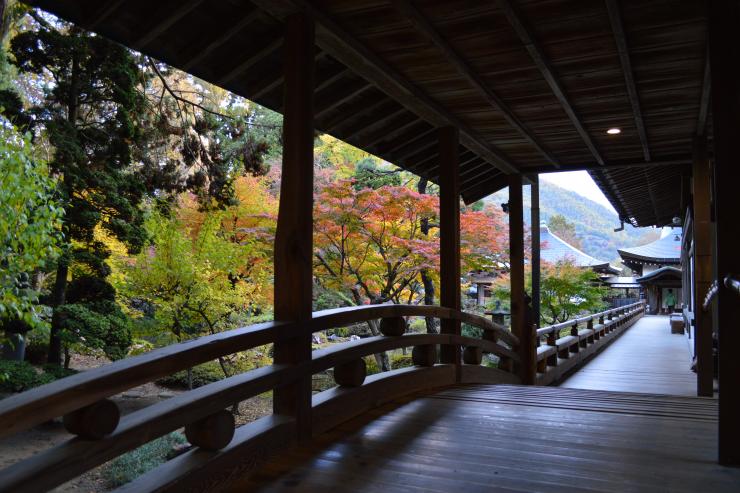
▲Erinji Temple (Koshu City)
Erinji Temple is a temple dedicated to praying for Takeda Shingen, a feudal lord of the Warring States period. The garden is said to have been designed by Muso Kokushi and is a striking staple of traditional Japanese beauty.
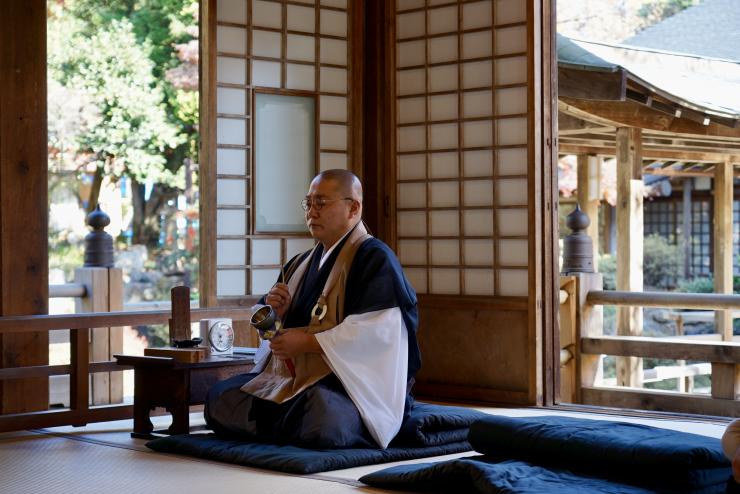
You can even experience Zazen meditation yourself at Erinji Temple. Learn More
Website:
https://erinji.jp/
Yamanashi Wine
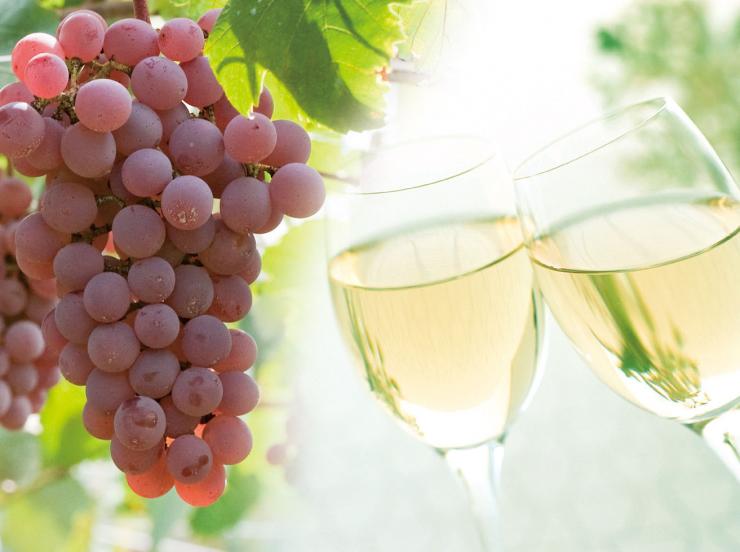
▲Image by Sannichi Printing Co., Ltd©
Approximately one-third of all Japanese wine is produced in Yamanashi. The Koshu wine produced from the distinctive Koshu grapes in particular is well-regarded worldwide as one of Japa wines.
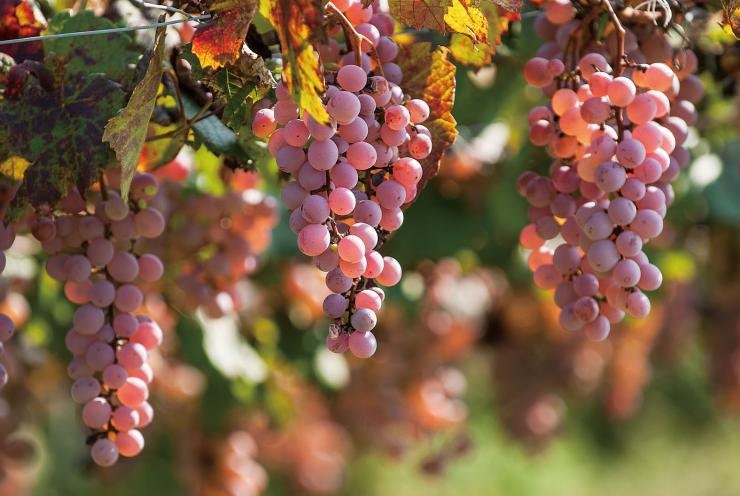
©2015 Sannichi Printing Co., Ltd
Koshu Grapes
“Koshu” is a grape variety unique to Japan. It is an ingredient in Koshu wine.
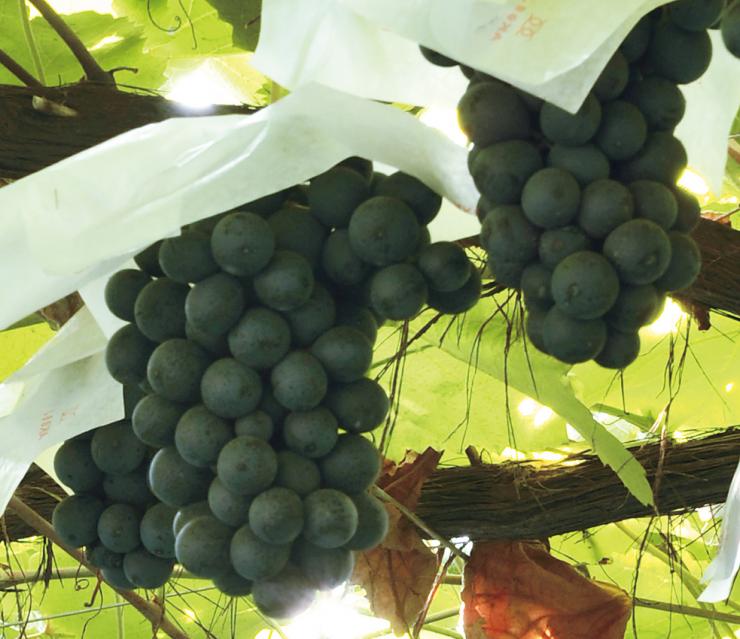
©2015 Sannichi Printing Co., Ltd
Muscat Bailey A
A red-wine making grape variety unique to Japan, Muscat Bailey A is cultivated in large numbers here in Yamanashi.
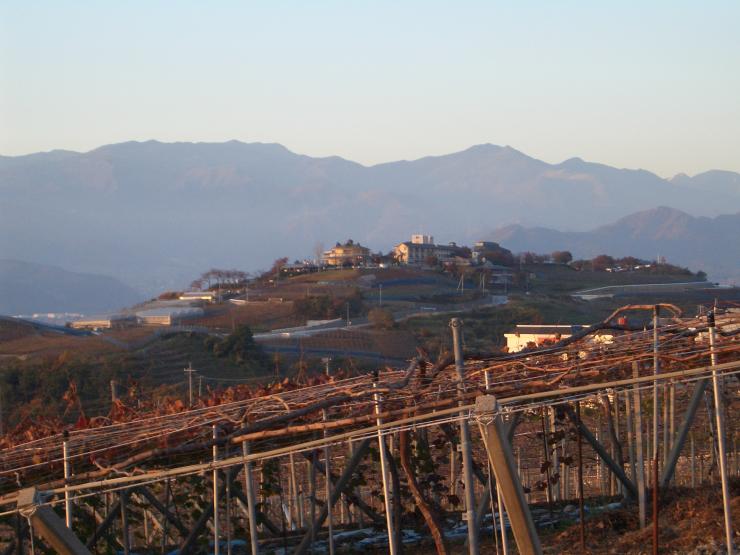
▲Vineyards in Katsunuma (Koshu City)
Visitors can taste-test around 200 varieties of Yamanashi wine at the underground wine cellar of katsunuma Budo-no-oka located in a hill that is surrounded on all sides by vineyards.
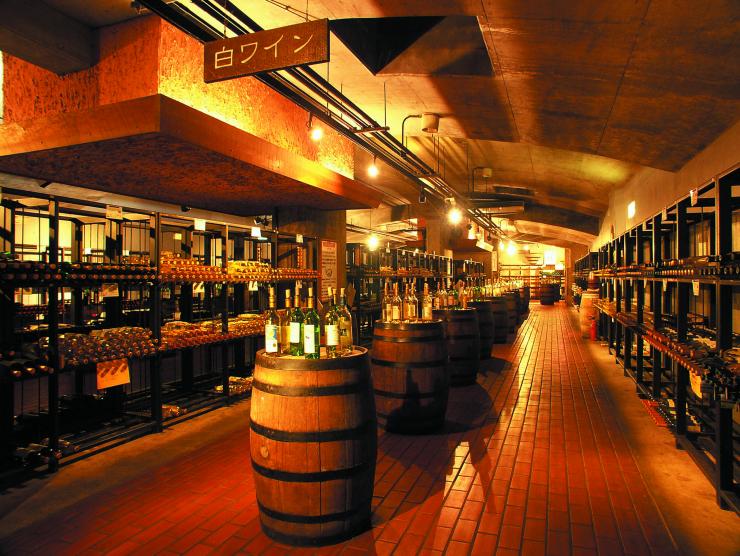
▲Budo-no-Oka Wine Center, Wine-tasting (Koshu City)
Website:
https://budounooka.com/
https://budounooka.com/files/pamphlet_en.pdf
Daizenji Temple
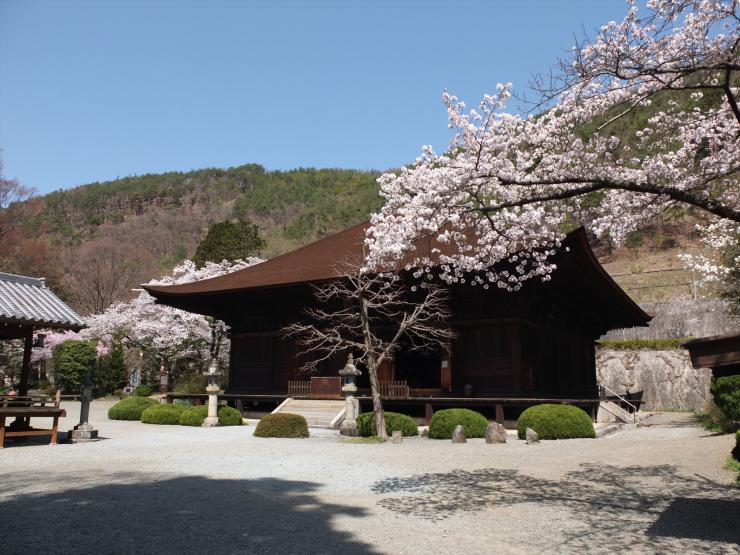
▲Daizenji Temple (Koshu City)
This temple is known colloquially as “budo-dera,” meaning “grape temple.” The main temple consists of a precious wooden structure from the Kamakura period (1192-1333), and has been designated as a national treasure.
Website:
http://daizenji.org/
Published on
- April 14, 2022
Share
-
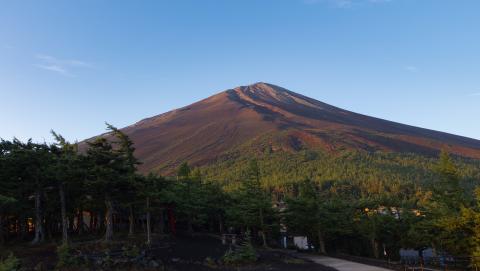
Fuji Subaru Line 5th Station & Mt. Fuji Travel Guide
March 3, 2025
Home of Mt. Fuji > Staff Journal > Exploring History in Yamanashi
